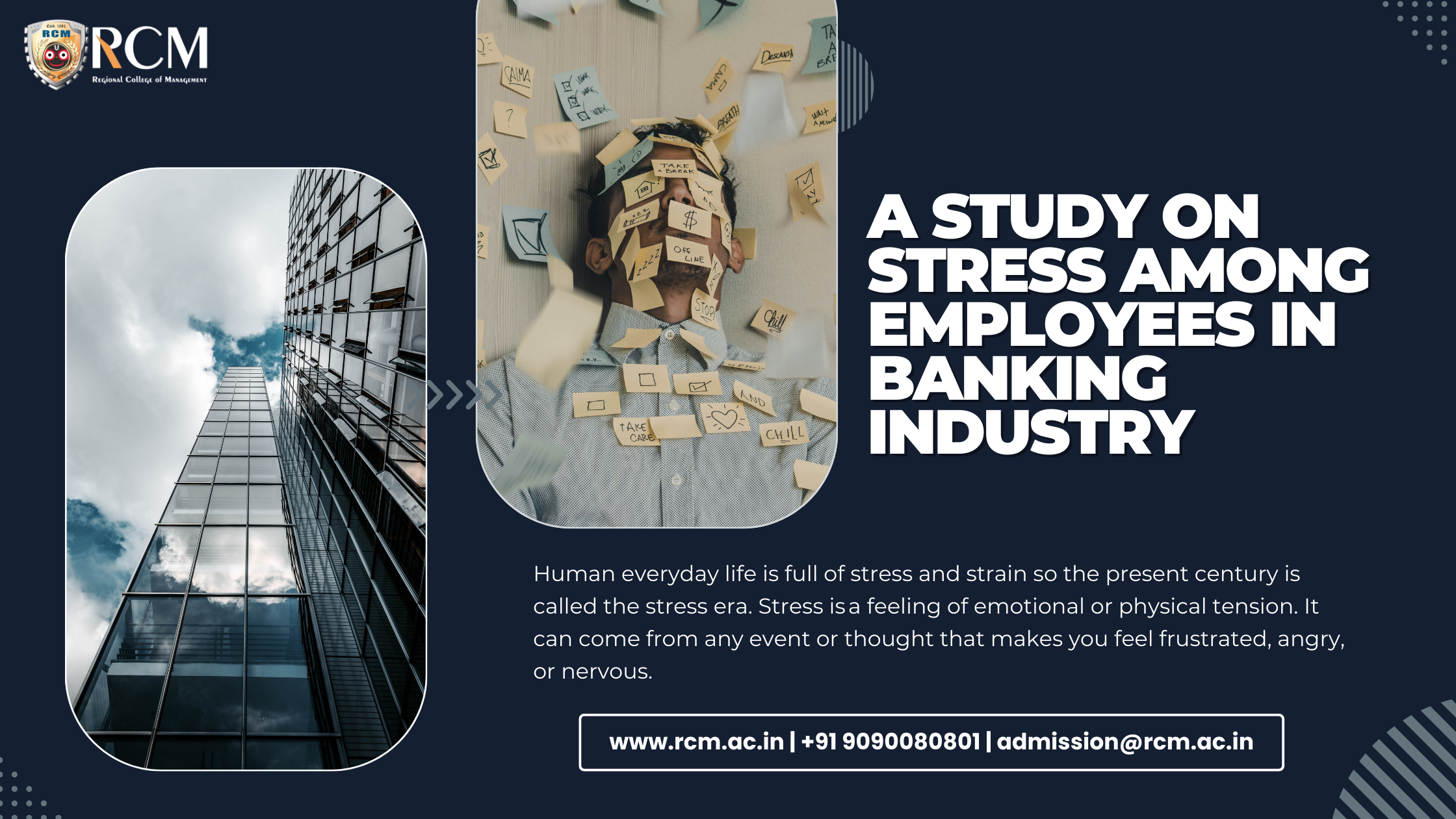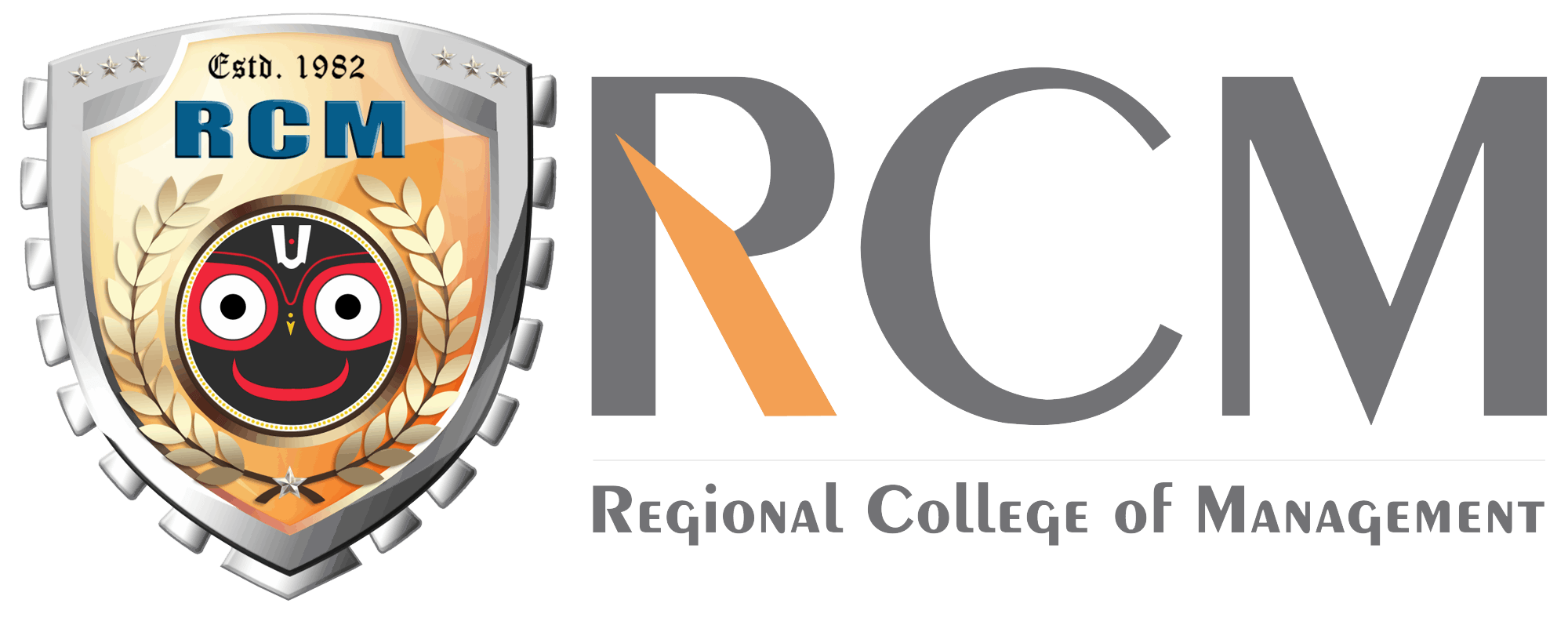Written By, Dr. Sanjukta Mishra
ABSTRACT
For a number of years now, the banking industry has been undergoing enormous changes in organization and structure. New technology and innovative ways of structuring operations have significantly impacted the working conditions and daily lives of employees. Deregulation of labor markets, emerging technologies, and evolving job roles have continuously reshaped employment and working conditions in the sector. Such transformations not only affect the organizational framework of banking institutions but also have a profound impact on the health and well-being of the working population.
Human resources are the most important assets of an organization. Assets make things possible, people make things happen. The people who make up an institution initiate and determine all its activities. Among the many factors that impact management tasks and influence their success, the human factor plays the most significant role. Therefore, understanding the human factor is essential, as it is becoming increasingly important in modern organizations Work pressure is a part and parcel of all work.
However excessive pressure can lead to stress, which undermines performance, is costly to employers, and can make people ill. The banking sector is a high-pressure industry that often exposes employees to significant levels of stress. Stress management in the banking sector is crucial for maintaining the well-being of employees and ensuring their productivity and job satisfaction.
This paper provides a comprehensive review of stress management strategies implemented within the banking industry. It examines various approaches, including organizational initiatives, employee support programs, and work-life balance interventions. Additionally, it explores the effectiveness of these strategies, their impact on employee performance, and the challenges faced by banks in implementing stress management programs to ensure a healthier and more productive work environment.
The findings of this review contribute to a better understanding of stress management in the banking sector and provide insights for organizations seeking to establish effective stress management frameworks.
Keywords:- Banking sector, Bank Employee, occupational stress, causes of stress, attributes
INTRODUCTION
Human everyday life is full of stress and strain, so the present century is called the stress era. Stress is a feeling of emotional or physical tension. It can come from any event or thought that makes you feel frustrated, angry, or nervous. Stress is your body’s reaction to a challenge or demand. In short bursts, stress can be positive, such as when it helps you avoid danger or meet a deadline. The banking industry is no exception, as employees and customers often experience high levels of stress due to financial pressures, job demands, and market uncertainties.
Stress can be defined as a state of worry or mental tension caused by a difficult situation. Stress is a natural human response that prompts us to address challenges and threats in our lives. Everyone experiences stress to some degree. The way we respond to stress, however, makes a big difference to our overall well-being. Stress affects both the mind and the body. A little bit of stress is good and can help us perform daily activities. Too much stress can cause physical and mental health problems. Learning how to cope with stress can help us feel less overwhelmed and support our mental and physical well-being.
Stress makes it hard for us to relax and can come with a range of emotions, including anxiety and irritability. In the banking industry, when stressed, we may find it difficult to concentrate. We may experience headaches or other body pains, an upset stomach, or trouble sleeping. We may find we lose our appetite or eat more than usual. Chronic stress can worsen pre-existing health problems and may increase our use of alcohol, tobacco, and other substances..
Stressful situations can also cause or exacerbate mental health conditions, most commonly anxiety and depression, which require access to health care. When we suffer from a mental health condition, it may be because our symptoms of stress have become persistent and have started affecting our daily functioning, including at work or school.
Work-related stress in the banking industry includes the effects on worker satisfaction, the productivity of the organization, their mental and physical health, absenteeism and its economic cost, greater impact on family, and finally the potential of the employee. Work-life balance has always remained a reason for the quality of working life and its relation to the quality of life. Today, people debate work-life balance because excessive work demands create a unique challenge in affluent societies.
The banking industry is the backbone of our state’s and country’s economies. Long working hours, an inefficient work schedule, a lack of job tone-acceptability, and employment difficulty are all part of the job description for banking representatives. Directors are under a lot of stress these days, especially in financial areas.
Workplace weight can be a challenge, and stress can be both positive and detrimental at times. Workers in the financial sector are facing new challenges, which have led many to believe that they are their own representatives. Working-ground stress is becoming an introductory issue for representatives, directors, and the general public.
Workplace stress is an internal development that individuals may face on a daily basis. Job requests include job struggles, job inquiries, job corruption, and job oversimplification. Assignment requests are factors related to representatives’ job/work, for example, work plans, relationships between various assignments, working conditions, and work spread out.
Stress can affect all aspects of an individual’s life, including his emotions, behavior, thinking ability, and physical health. Symptoms of stress can be emotional, physical, cognitive, and behavioral.
(a)Emotional symptoms- these symptoms are the results of the impact of stress on the emotions of a person. These include agitation, frustration, loneliness, feeling worthless, feeling isolated depression, etc.
(b)Physical symptoms- These symptoms are the response of our body to stress. These are mainly physical health-related issues such as headaches, insomnia, digestive disorders, back pain, neck pain, frequent infection, high blood pressure, hair problems, etc.
(c) Cognitive symptoms -These symptoms are related to the cognition of an individual, such as memory problems, inability to concentrate, poor judgment, worrying, negative thoughts, etc.
(d)Behavioral symptoms -Change in behavior of an individual comes under this category. These symptoms include loss of appetite, overeating, alcoholism, smoking, sleeping disorders, nervousness, etc.
LITERATURE REVIEW
Malek (2010) and Medi Bank Private Inc. (2008) stated that job stress occurs when an individual faces an unpleasant emotional situation due to a mismatch between job demands and their ability to cope. It is a well-known phenomenon that expresses itself differently in different work situations and affects the workers differently.
Jamshed et al., (2011) suggested. An individual in his or her job in a bank faces stress “The workplace is potentially an important source of stress for bankers because of the amount of time they spent in their respective banks.” And that stress often decreases their performance. “Therefore, occupation of individuals could be a major source of stress in the given circumstances.
When individuals face stress due to various conditions of their occupation and fail to cope with stress, it results in burnout,” (IBDM). Basically, in the banking sector lack of administrative support from the boss(manager), work overload & time pressure, risk ness of the job, poor relationship with customers & coworkers, and work-family balance cause stress which in turn decreases employee performance.
Materson (1980) contributed the same “Causes of stress are many like workload, cuts in staff, change at work, long work hours, shift work, lack of supervision, inadequate training, inappropriate working conditions, too heavy responsibilities and poor relations with colleagues.” The same was determining how stressful the work can be and its effect on employees’ physical and mental health.
(Bowing Harvey, 2001) According to them, stress occurs with the interaction between an individual and the environment, which produces emotional strain affecting a person’s physical and mental condition. Stress is caused by stressors, which are events that create a state of disequilibrium within an individual.
These authors also stated that the cost of too much stress on individuals, organizations, and society is high. Many employees may suffer from anxiety disorders or stress-related illnesses. In terms of days lost on the job, it is estimated that each affected employee loses about 16 working days a year because of stress, anxiety, or depression.
Dulk Laura den & Abendroth Anja–Kristin (2011), studied the different types of support for satisfaction with work-life balance and found the impact of workplace and family support on work-life balance in Europe. Results show that emotional support has a strong correlation with instrumental support Also they found emotional family support has a positive impact on work-life balance satisfaction.
SCOPE OF STUDY
This study helps to know about the existing symptoms of stress in the employees of the banking industry and the factors causing job stress. It explains how the job stress factors affect the performance of the employees. This study has made an attempt to bring out the stress coping strategies that should be followed by the employees and the employers in the banking industry to overcome stress and improve performance.
Research objectives
- To find out the level of stress among the employees in public sector bank RRB in Odisha.
- To find out the symptoms of stress present in the employees.
- To identify the factors responsible for stress.
- To study the impact of stress on employees.
- To provide suggestions for Stress Management.
Research methodology of the study
The population selected for this particular study is employees from public sector banks and Regional Rural banks in Odisha. A questionnaire was distributed and Interviews and Discussion were used for data collection.
The secondary data was collected from magazines, journals, websites, and reports.
The distribution of the respondents is based on Type of Bank, Age Group, Gender, and Experience.
Research design
The study is explorative as well as descriptive in nature.
Sample design
The particulars of the sample design
1. TYPE OF UNIVERSE: Finite.
2. SAMPLING UNIT: Odisha
3. SOURCE LIST: Public Sector Employees, RRB Employees
4. SIZE OF SAMPLE: 100
5. PARAMETER OF INTEREST: In estimating the number of persons being stressed in their jobs.
Tool of data collection
We first conducted a pilot test by administering the questionnaire to around 10 respondents. We collected information from bank employees at all levels. Through interviews, we gathered insights into their perceptions of the organization and the challenges they face, both directly and indirectly, while fulfilling their responsibilities in the banking industry.
We asked respondents about the factors affecting their stress levels, the impact of family pressures on their work, and their role expectations. We also explored their level of job satisfaction and sought their suggestions for overcoming stress. Additionally, we evaluated both individual and organizational initiatives aimed at managing workplace stress effectively.
Analysis of data
The data will be analyzed to determine any differences between the stress levels of employees and their impact on reducing stress.
Results and discussions
This paper also includes an analysis of data collected by representing it in tabular form along with interpretations. The information collected was analyzed to arrive at a proper conclusion on the topic.
Table no: 1
| PERCENTAGE OF RESPONDENTS WHO FELT THAT THEY WERE STRESSED | |
| Category | % of Respondents |
| Stressed | 93 |
| Not Stressed | 07 |
From Table 1, it is indicated that the majority of the respondents working in public sector banks and RRB were stressed, whereas only a few respondents felt that they were not stressed.
Table No.: 2
| CAUSES OF STRESS | |
| Stress due to technological problems | % of Respondents |
| Work overload | 30 |
| Lack of Acceptability | 03 |
| Time Management | 07 |
| Lack of Support | 04 |
| Feeling of Inequality | 06 |
| Job Difficulty | 15 |
| Inadequacy of Role Authority | 03 |
| Impatient customer | 17 |
| Stress due to technological problem | 15 |
Table 2 shows that the major causes of stress among bank employees include excessive workload (30%) and a lack of cooperation from impatient customers (17%). Employees experience severe work pressure as they handle multiple roles and responsibilities.
Time stress arises from real or imaginary deadlines, while encounter stress results from interactions with others, whether pleasant or unpleasant. In this study, employees struggle with stress due to inadequate support from management and colleagues.
Table no: 3
Satisfaction Level of Bank Employees from the Stress Management Strategies of the Bank Branches
| Attributes | Total | percentage |
| Supportive Work And Family Policies Effective Management Communication Flexible Working Hours Health Insurance Coverage Clarifying Role Ambiguities Participation In Management Decision Making Meditation Organizing Social Events Proper Increments Creating Nurturing And Supportive Environment Grievance Handling Machine | 24 23 14 40 30 7 4 45 6 3 24 | 10% 10% 6% 17% 13% 2% 3% 20% 2% 1% 10% |
Banking organizations implement various strategies to manage workplace stress and ensure employee satisfaction. However, not every bank branch applies all strategies simultaneously. The table highlights the most commonly used strategies across the banking industry and individual bank branches. Some employees can be more beneficial in reducing stress, such as 20% of the employees believe that social programs which take place occasionally are some events which help them to forget the work pressure.
These social events could be an award function which is a way of motivating them and appreciating their work, travel, etc. Seventeen percent of the employees feel less stressed due to the bank’s health insurance policies. Thirteen percent experience reduced stress because the bank branches have clearly defined roles for each employee. Ten percent find satisfaction through various policies, such as work and family policies, offered by the bank branches.
The employee opinion is that flexible working hours, management supportive communication, proper increments, and grievance handling machinery play a major role in reducing stress. The employees are not satisfied with these organizational strategies.
Findings
Our findings of the data indicate that the areas that generally cause stress are time pressure and adverse working conditions. These physical conditions of a workplace make it impossible or impractical for the employees to work in their usual work location. Therefore, the data reveal that 39% of the bank employees work most of their time under the above-mentioned conditions. In addition, 61% of the bank employees faced stress more frequently at their workplace.
It has also been observed that bank management in modern times is offering a wide variety of needed programs to manage the stress of its employees. Our survey results have revealed that some bank branches are organizing social events, work and family policies, and health insurance. Employees are not satisfied with the increments and flexible time strategies of the concerned bank branches.
Conclusion
The analysis of the study data shows that stress impacts employees’ work performance in both negative and positive ways. Therefore, stress is not just an individual issue but a concern that both employees and employers must address. The stress of an individual employee at the workplace may affect his work performance adversely hence, having an impact on the performance of the organization. If the stress keeps itself on the increase, it might have a negative impact on the work performance of the employees.
Stress management initiatives have significant implications for the banking sector. By prioritizing employee well-being, organizations can enhance performance, reduce turnover, attract top talent, foster a positive organizational culture, improve customer satisfaction, ensure regulatory compliance, and achieve cost savings. Implementing effective stress management strategies is a strategic investment that can yield long-term benefits for both employees and the overall success of banking institutions
References
- Adbel-Halim, A.A. (1978), “Employee Affective Responses to Organizational Stress: ModeratingØ Effects of Job Characteristics”, Personnel Psychology, Vol.31.pp.561-579
- Agarwal, Rita (2001), Stress in Life and At Work, Response Books, New Delhi
- Ahmad, S.FayyazØ & Shah, Farooq A. (2007), “Role Stress of Officers and Clerks: An Empirical Stress in Banking Industry”, Business Review, Vol.12, No.2, pp1-9
- Billings, A.G.Ø & Moos, R.H. (1984), “Coping Stress and Social Support among Adults with Unipolar Depression”, Journal of Personality and Social Psychology, Vol.46.pp. 877-891
- Buck, V. (1972), Working Under Pressure, London, Staples Press
- .Chand, P. and Sethi, A.S. (1997), “Organizational Factors in Development of Work stress,” Ø Indian Journal of Industrial Relations, Vol.32, No.4,pp.453-462
- Cooke, Robert A. and Rousseau, Denise M. (1984), “Stress and Strain from Family Roles and Ø Work Role Expectations”, Journal of Applied Psychology, Vol.69, No.2,pp.252-260
- Gani, A. and Shah, F.A. (1998), “Relationship between Perceived Organizational Climate and Ø Job Stress: An Exploratory Investigation”, Management and Change, Vol.2, No.2
- Hariharan, Meena and Rath Radhanath (2008), Coping with Life Stress, The Indian Experience, Ø New Delhi, Sage Publications.
- Jagdish (1987), “Perceived Occupational Stress and Employee’s Attitude towards Job and Ø Management”, Indian Journal of Industrial Relations, Vol.23, No.1, pp. 80-92.



















